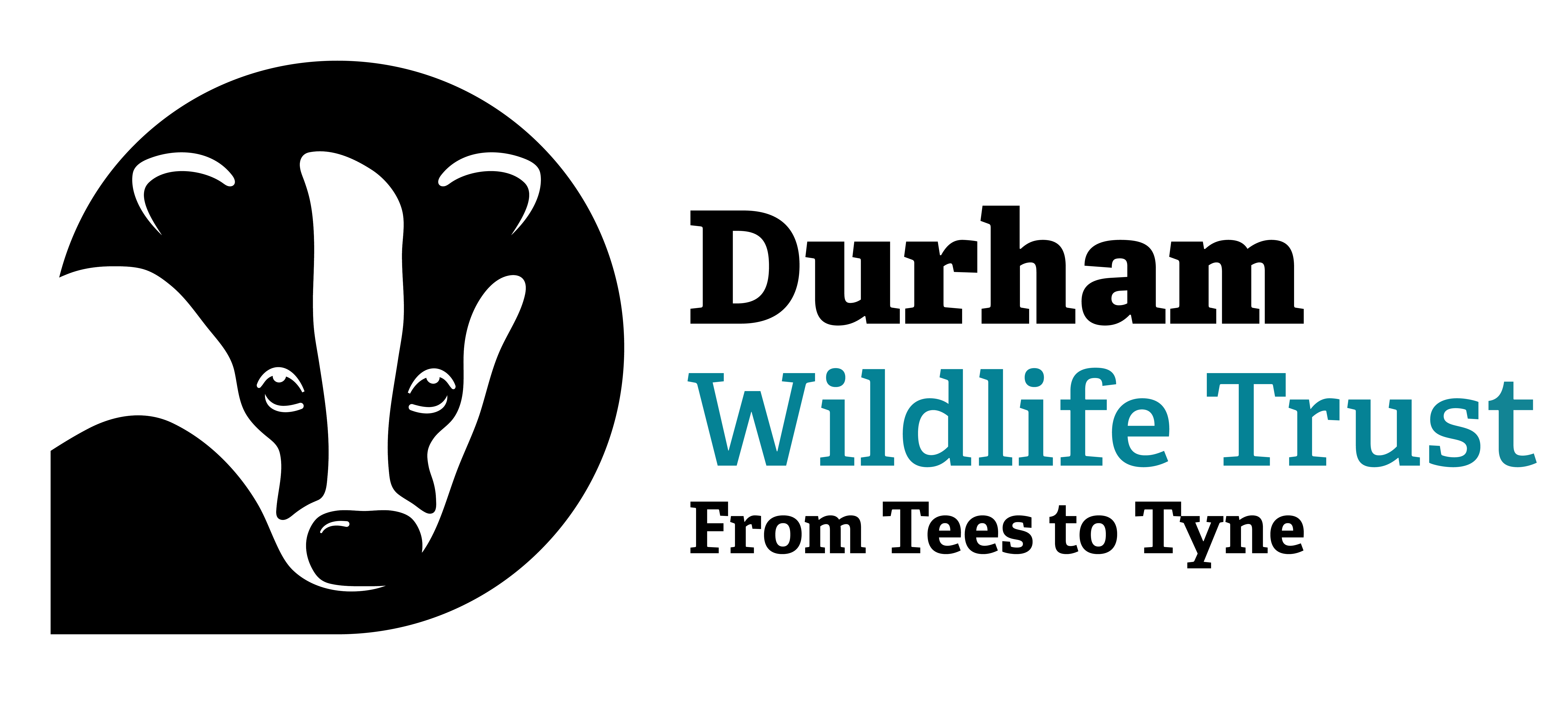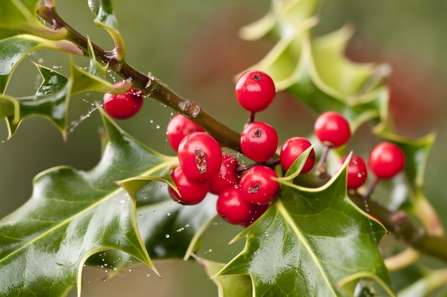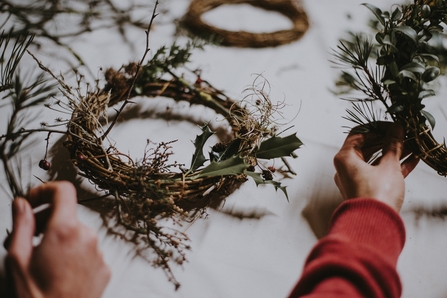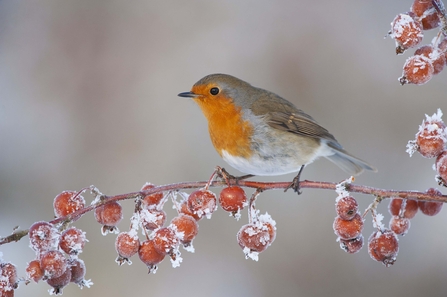The festive season is a rich time for tradition, storytelling and folklore. A time when different belief systems and traditions clash and combine into symbolic acts, we take part in without a second thought. At a time of year when the days are shortest and the outdoors is a less inviting place to be, many of these Yule traditions involve our wildlife.
From robin redbreasts to holly, mistletoe to wreaths, it’s a time to embrace our native species and to enjoy all the stories, myths and tales us humans have woven around them. Does your local area or family have a particular tradition?





